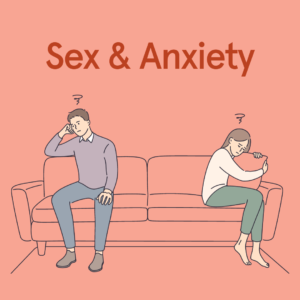Since the cocaine scourge of the ’70s and ’80s and the ongoing tragedy of the opiate epidemic, the American public has become painfully aware of the societal impact of addiction. Because of the prevalence and lethality of fentanyl-laced opiate overdoses almost everyone knows of a family that has lost a loved one. And despite all the time, effort and money invested in eradicating tobacco we now have to confront the growing addiction to nicotine through the expanding use of nicotine vape pens.
So what is this societal menace we call addiction? It’s standard definition requires the presence of four components:
- The substance is used to elicit a positive reward state.
- Physical dependence develops so that when ongoing use is not possible a withdrawal state ensues.
- Tolerance to the substance develops over time so that increasingly higher dosages are required to both impart the “high” as well as avoid the development of active withdrawal.
- Ongoing substance abuse occurs despite the dangers present. Most addicts will tell you that they are aware of the risks involved, including arrest, incarceration, the dangers of the environments visited to get the drug, fatal overdose or other non-fatal medical complications (like heart attacks from cocaine, liver disease from alcohol, HIV from intravenous use) and the deleterious impact on family, job, relationships and quality of life. It is as if there is a disconnection between the logical part of the brain and the addicted centers of the brain. More on this later.
Dr. Andrew Rosen
Dr. Andrew Rosen PHD, ABPP, FAACP is a Board-Certified Psychologist and the Founder and Director of The Center for Treatment of Anxiety and Mood Disorders, as well as, the Founder of The Children’s Center for Psychiatry Psychology and Related Services.





